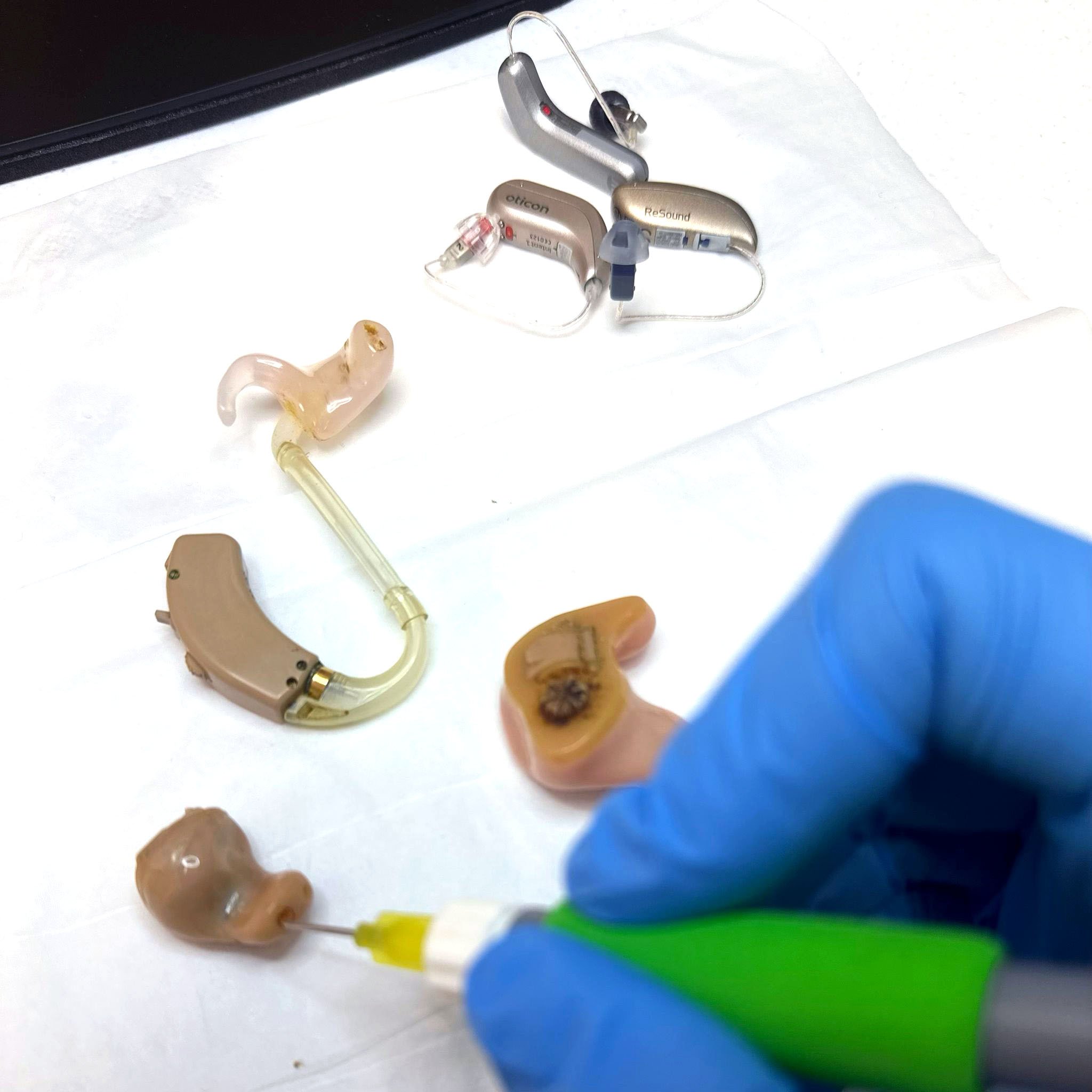
Struggling with hearing aids? 5 reasons you are still saying “Pardon”
You’ve taken a positive step and been fitted with a hearing aid — that’s a great move. But maybe you’re still missing parts of conversations, struggling in certain environments, or constantly adjusting the fit or volume. If that sounds familiar, you’re not alone. Simply having a hearing aid isn’t always enough, they do their best work and can be truly life changing when everything is working in harmony.
A study from Manchester University found that around 20% of people in the UK who are issued with hearing aids never use them. Of those who do, only about half wear them regularly. At Optimal Hearing in Syston, we support patients who are just beginning their hearing journey, as well as those who are feeling let down by poor experience and performance from their current hearing aids and provider. We often see similar patterns in the issues that people face. Here are five of the most common ones:
1. Physical Fit
A hearing aid should feel comfortable and stay securely in place every time you wear it. If the fit isn’t quite right, you may find it uncomfortable, fiddly to insert, or prone to sitting at the wrong angle. Some may even fall out entirely. Poorly fitted hearing aids are usually more visible and less effective. Sadly, many people are using hearing aids that don’t fit them as well as they should.
2. Acoustics
If a hearing aid doesn’t fit well, it usually won’t sound right either. The shape and design of your ear, the length of your ear canal, and your specific hearing prescription all play a role in how your hearing aid should be built and tuned. Acoustic design matters — no amount of clever technology can fully compensate for physical mismatches. Even small adjustments to tubing, vents or casing can significantly affect sound quality. Yet we often see patients wearing configurations that aren’t well suited to their needs.
3. Dirty Devices
Dust, wax and moisture can block microphones, receivers or filters — leading to distorted or muffled sound. Often, this happens gradually, making it hard to notice. Many people aren’t shown how to properly clean their devices , don’t have the correct equipment at home and don’t have access to professional maintenance. A 6 monthly service can make a huge difference.
4. Technology Mismatch
Not all hearing aids are the same. What works for one person might not suit another, depending on lifestyle, listening environments, as well as the specific nature and degree of hearing loss. The access to technology varies from country to country depending on the structure of the healthcare system and hearingcare provision. In the UK users often suffer a restricted choice of devices offered through certain providers or healthcare systems. Today’s hearing aid technologies are incredibly advanced, but with so many options available they need to be the right match for the user.
5. Outdated Hearing Tests
Your hearing will likely change over time, so hearing aids need regular reprogramming to stay effective. If your hearing aids were fitted based on an old test, they may not be addressing your current needs. We recommend getting your hearing checked thoroughly at least every two years.
If any of these issues sound familiar, don’t worry — they’re all fixable. At Optimal Hearing, we don’t believe in “just OK.” We’re here to help people hear their best, with expert advice, service and support.





